| Textile and garment enterprises diversify markets HanoiTex and HanoiFabric 2024: Bringing the latest technology to the textile and garment industry |
Textiles and garments are an important export item of Vietnam to the Canadian market. According to data from the General Department of Customs, in the first 9 months of 2024, Vietnam exported nearly 900 million USD of this item to the host market.
According to Ms. Tran Thu Quynh, Trade Counselor of the Vietnam Trade Office in Canada, exporting processed and manufactured products, including textiles and garments, to the area will become increasingly difficult.
In addition to the cause of the market decline, another challenge comes from the competition perspective. Vietnamese goods have been gradually losing the tariff advantages brought by the Comprehensive and Progressive Agreement for Trans-Pacific Partnership (CPTPP) because Canada has been promoting the signing of free trade agreements with a series of South American partners and in the Indo-Pacific region (Malaysia, India, Indonesia, Canada-ASEAN, etc.). These are all countries with a product structure quite similar to Vietnam.
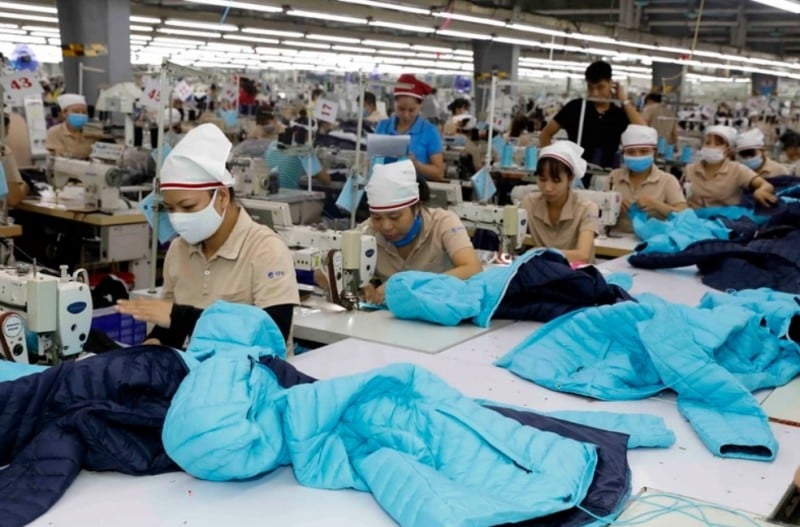 |
| Textile and garment exports to Canada are becoming increasingly difficult. (Photo: Tran Viet/VNA) |
In addition, Canada also calls on businesses to turn to the South American economic bloc and to allied countries (nearshoring/friendshoring) to build sustainable and reliable supply chains. This trend is negatively affecting exports of some processing and manufacturing sectors in which Vietnam has strengths, including textiles and garments. In 2023, through monitoring local data, Canada will especially boost imports from Ecuador, Argentina, Chile and Mexico. Except for Argentina, Ecuador, Chile and Mexico all have bilateral free trade agreements with Canada. In the ASEAN bloc, Canada will also increase imports from the Philippines, Malaysia and Indonesia (expected to sign a free trade agreement with Canada by the end of 2024).
In addition to losing tariff advantages, high domestic logistics costs in Canada make Vietnam's export prices less competitive than those of Canada's South American neighbors.
Vietnam will also face a major disadvantage when it no longer enjoys the enhanced Generalized System of Preferences (GSP) at the end of 2024. The Enhanced Generalized System of Preferences is a new tax incentive program established by Canada in this year's budget plan to provide incentives to countries that Canada believes meet standards on human rights, gender equality, labor conditions and climate change (it is not yet clear whether Canada's conditions are similar to those of the EU). While the regular Generalized System of Preferences will not impose additional social and environmental criteria.
This is a big disadvantage for the Vietnamese textile industry as our major textile competitors such as Bangladesh, Cambodia, Pakistan, etc. will continue to enjoy GSP without having to bear social and environmental constraints; and at the same time enjoy simpler textile origin regulations.
Another challenge comes from the ability of domestic enterprises to meet new export standards, especially issues of green production, packaging standards, and cross-border carbon transfer taxes.
With new regulations regarding labeling and regulations on plastic packaging/recycled content, Canada has begun to use technical and environmental barriers to “discourage” importers, not to mention the trend of calling on people to prioritize using Canadian products in the name of reducing the carbon footprint of consumption.
Although many challenges have been pointed out for exporting textiles to Canada, Vietnam's textile industry has a great advantage in that both are members of the CPTPP. This means that Vietnam's textile products enjoy many incentives from this agreement when exported to Canada.
According to the Canadian Ambassador to Vietnam, to boost exports to the local market, businesses need to further raise awareness of the agreement, to ensure that all importers and exporters take advantage of the benefits that the CPTPP brings.
CPTPP is open to the entry of economies that can meet the high standards of the agreement, comply with existing trade commitments, and reach consensus among CPTPP members. Therefore, it is necessary to streamline trade processes, enhance logistics services and support businesses.
Regarding the possibility of exploiting incentives from CPTPP, in order to increase textile and garment exports to Canada, Mr. Truong Van Cam - Vice President of Vietnam Textile and Apparel Association informed that Vietnam Textile and Apparel Association and Canada Textile and Apparel Association both hope to negotiate a bilateral trade agreement, or an ASEAN - Canada trade agreement to limit production stages. The rule of origin in CPTPP is a 3-stage rule and from yarn onwards, but both sides want to only need 2 stages, meaning from fabric onwards.
Source: https://congthuong.vn/vi-sao-xuat-khau-det-may-sang-canada-ngay-mot-kho-352553.html


![[Photo] Prime Minister Pham Minh Chinh receives Chairman of Skoda Auto Group](https://vstatic.vietnam.vn/vietnam/resource/IMAGE/2025/3/27/298bbec539e346d99329a8c63edd31e5)



![[Photo] Admiring orange cotton flowers on the first "Vietnam heritage tree" in Quang Binh](https://vstatic.vietnam.vn/vietnam/resource/IMAGE/2025/3/28/7476a484f3394c328be4ac8f9c86278f)
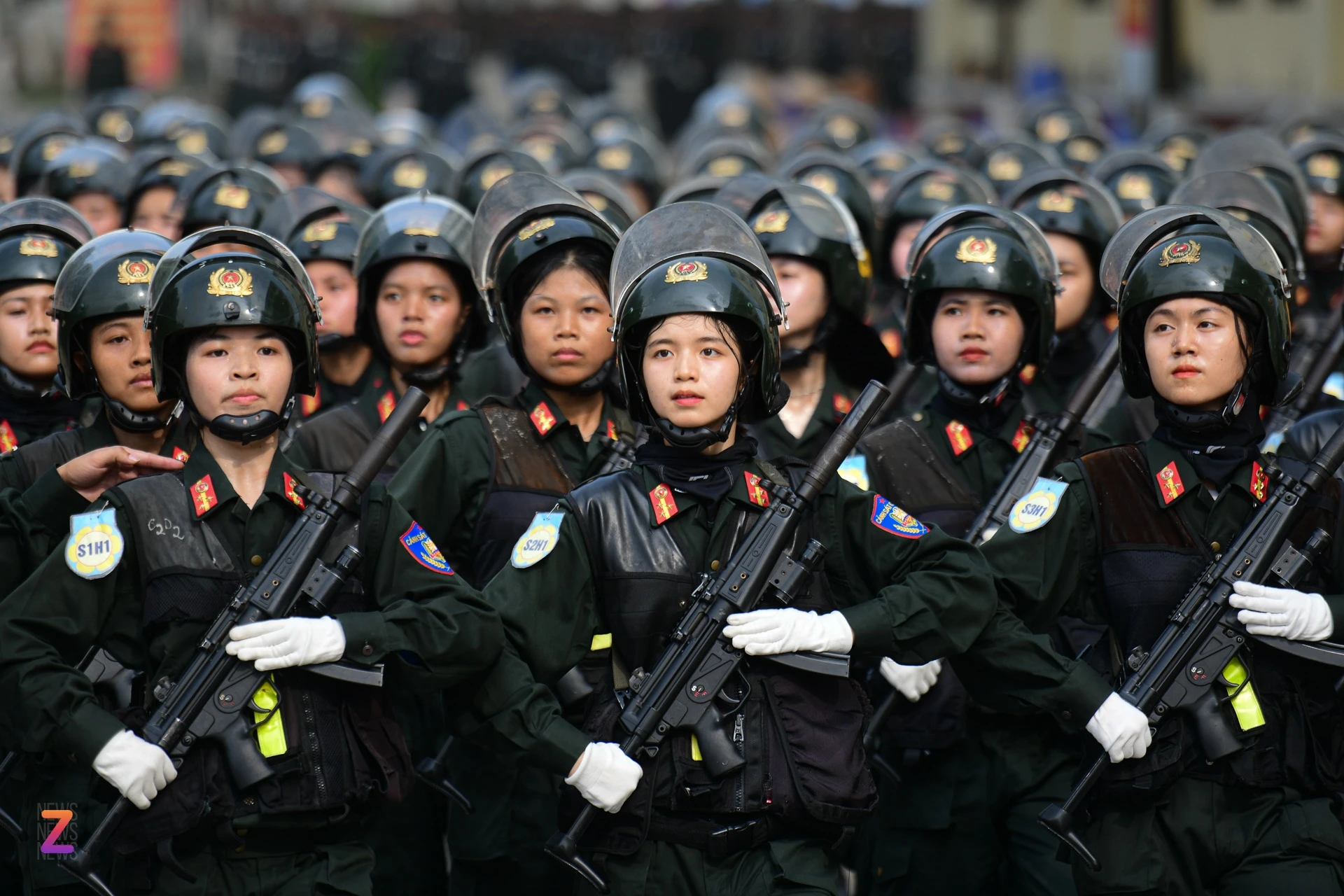


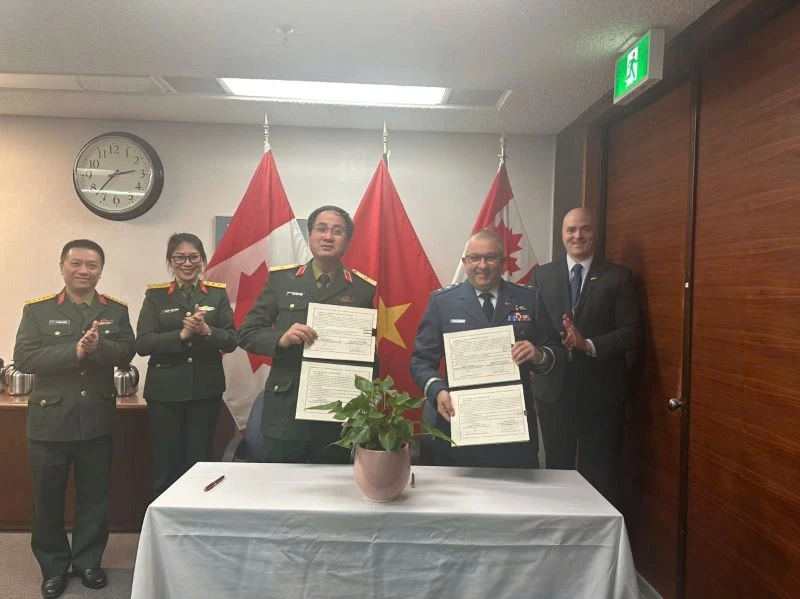

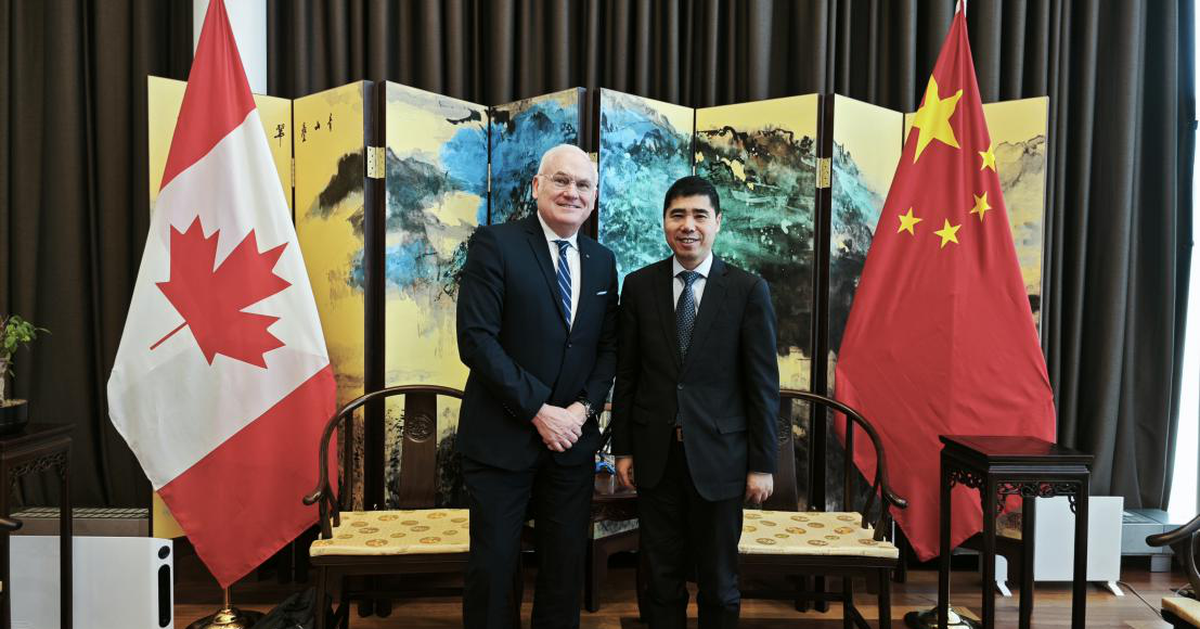







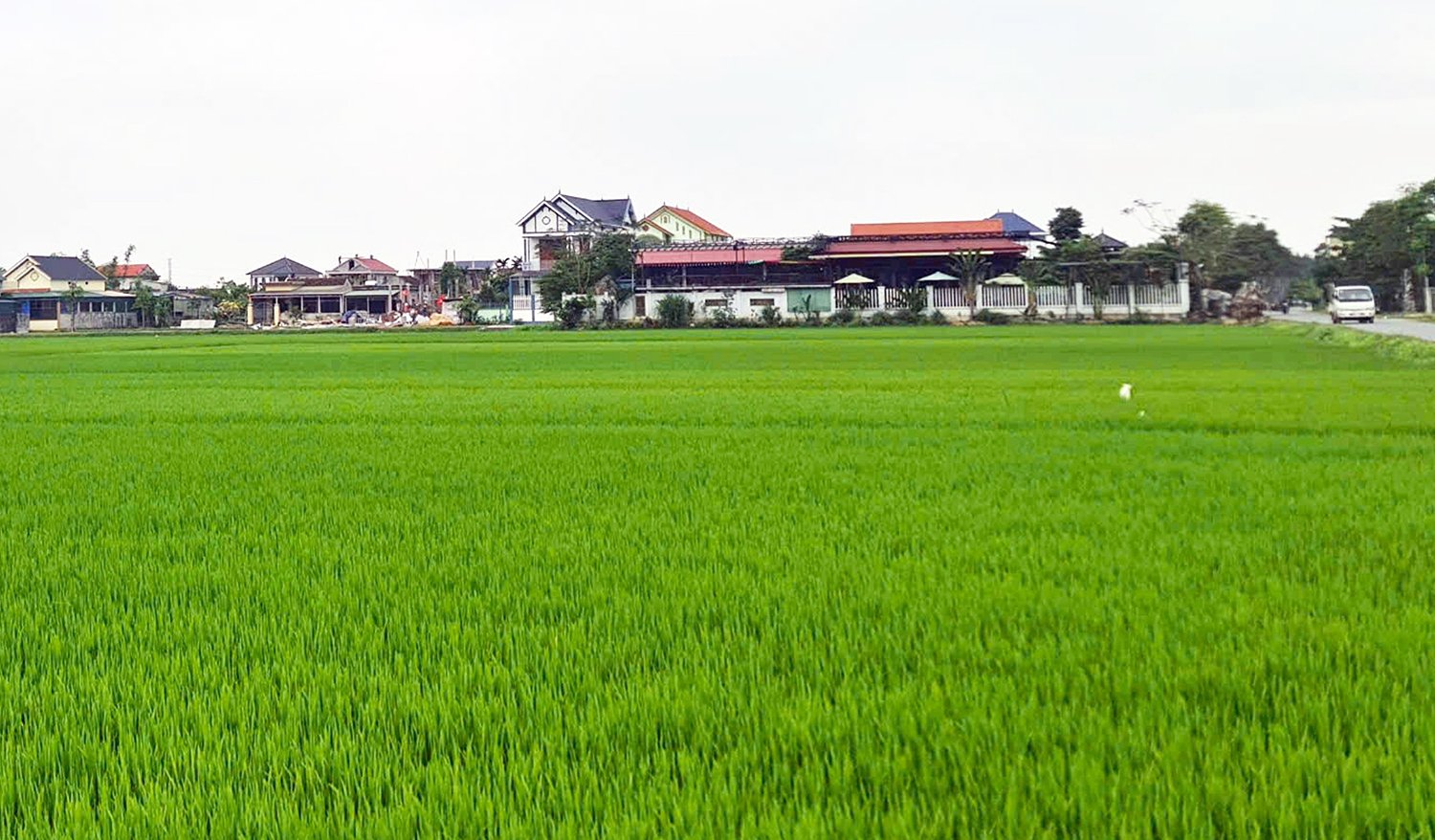
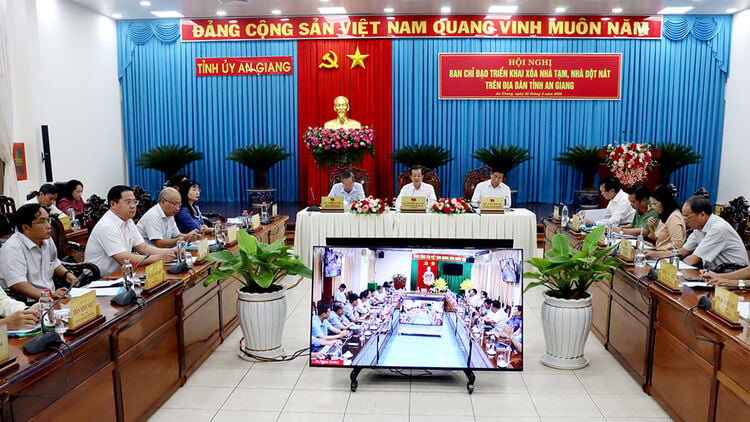


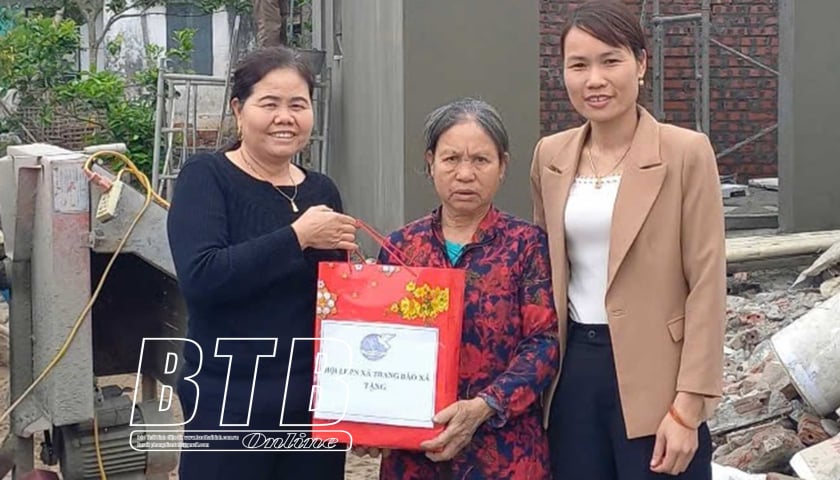





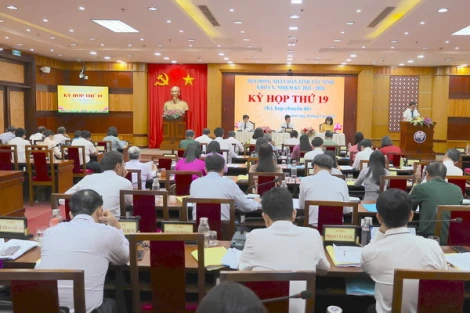
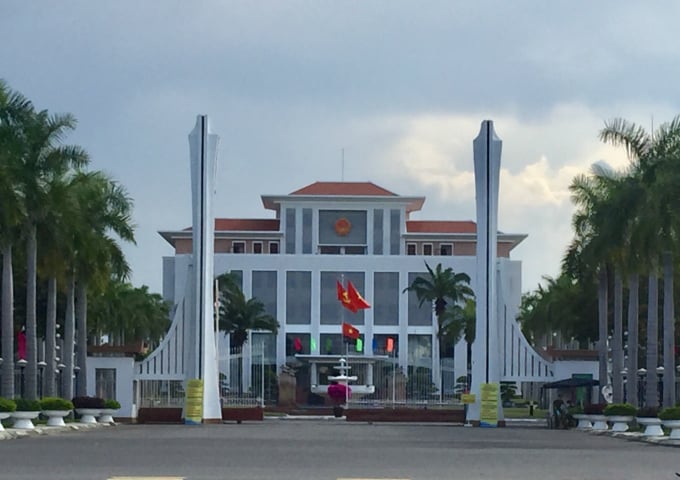






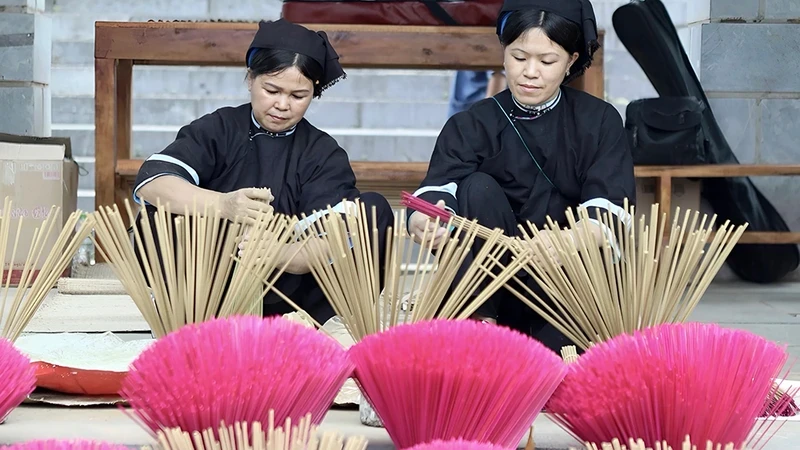







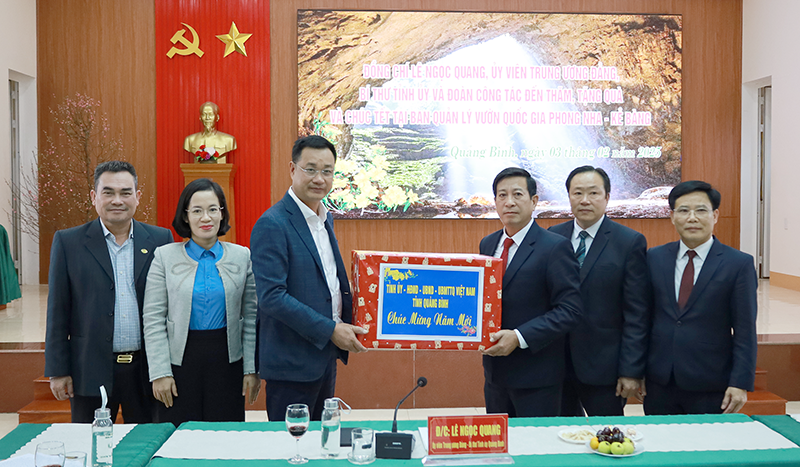














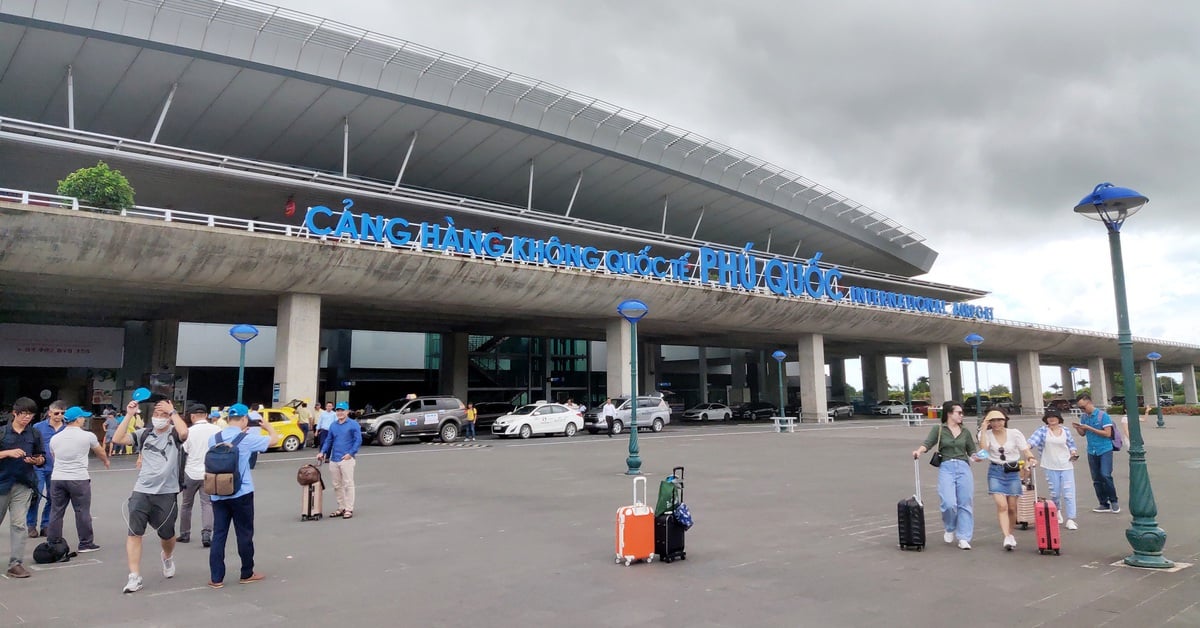








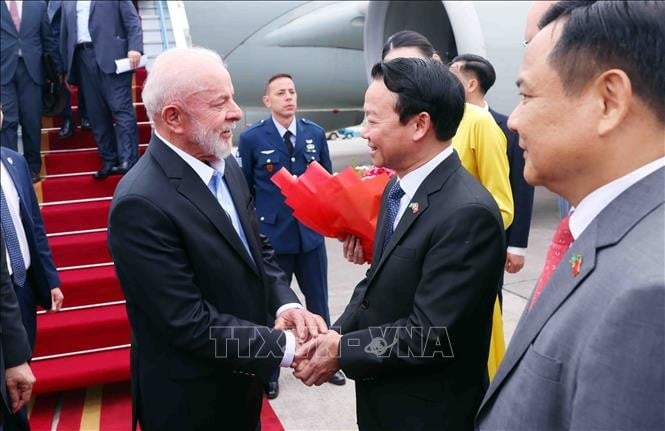
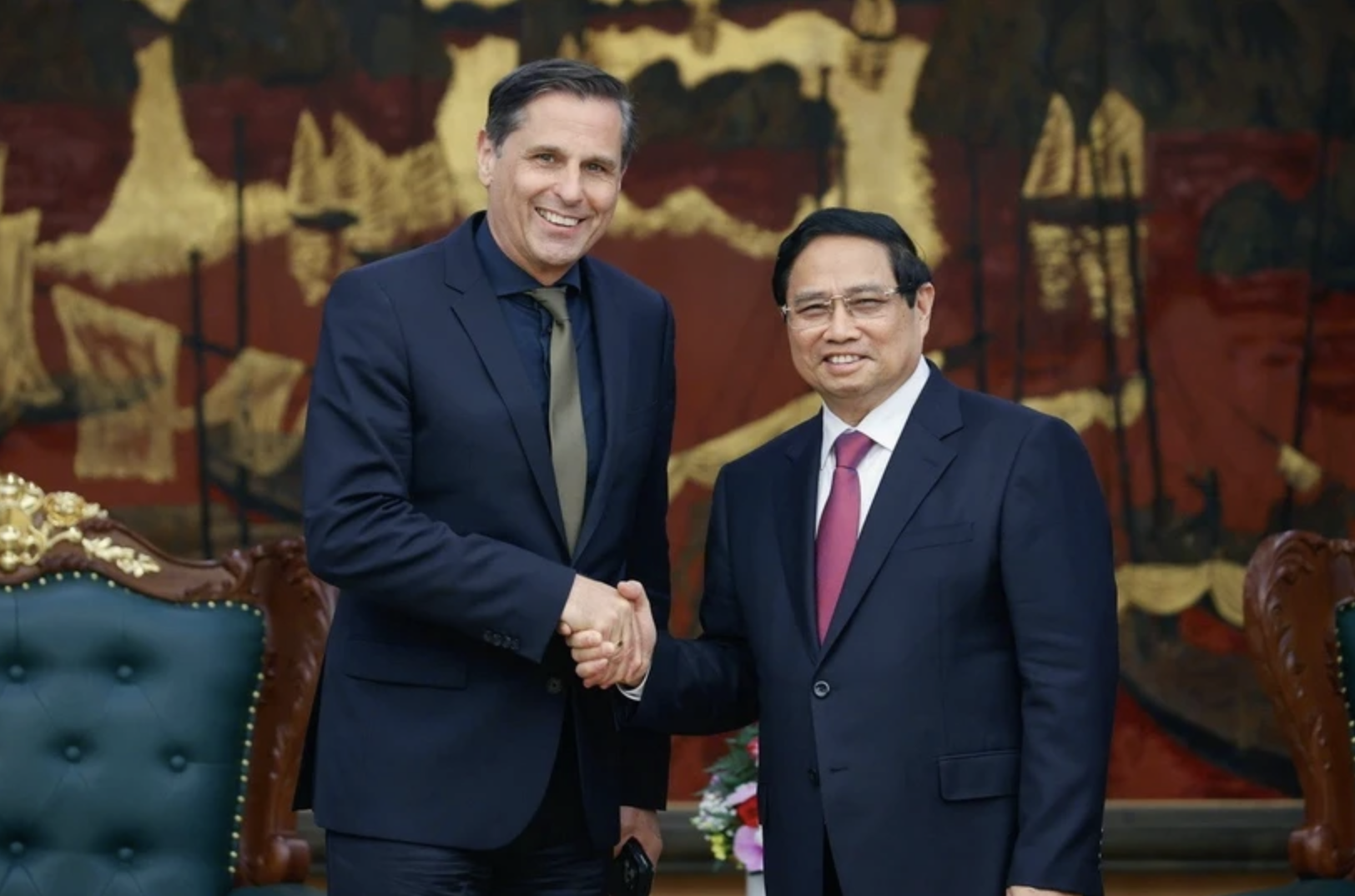

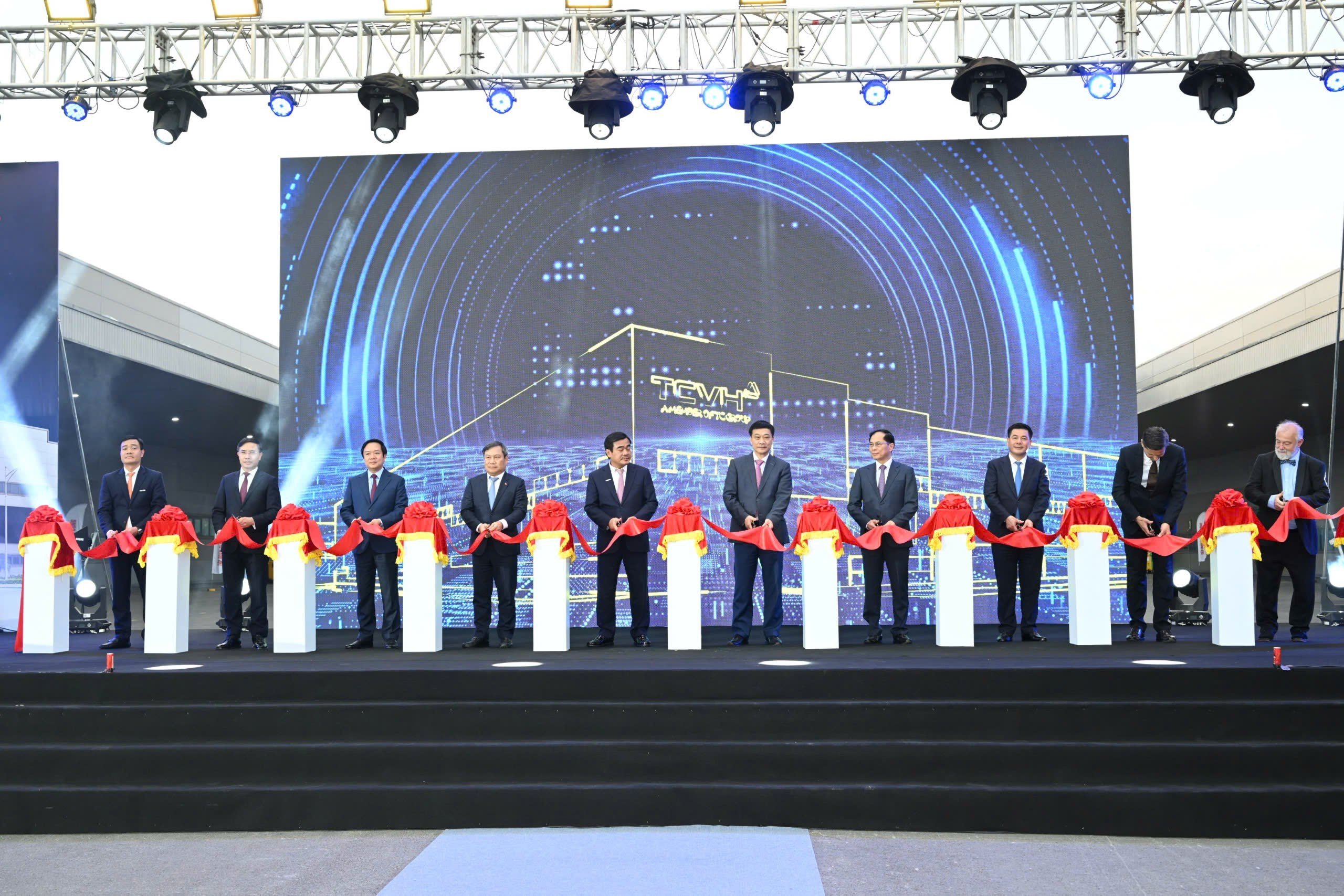

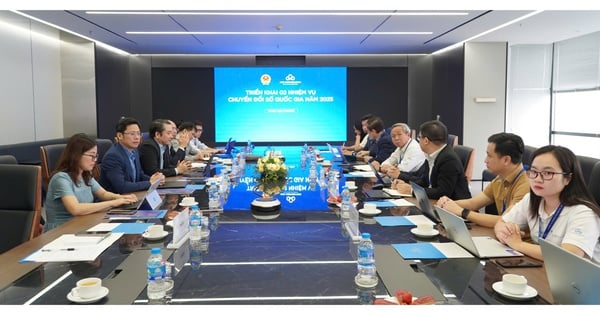

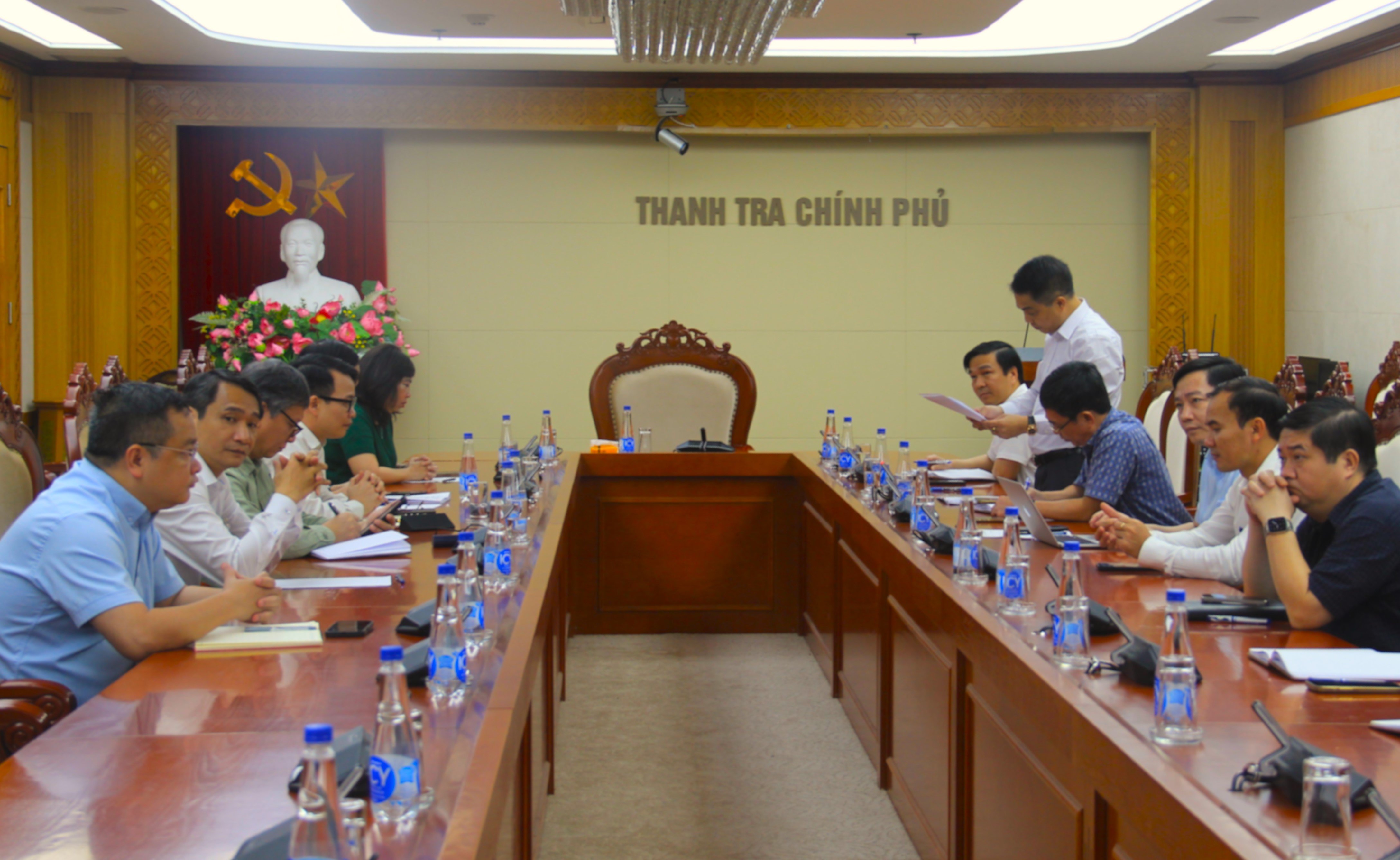





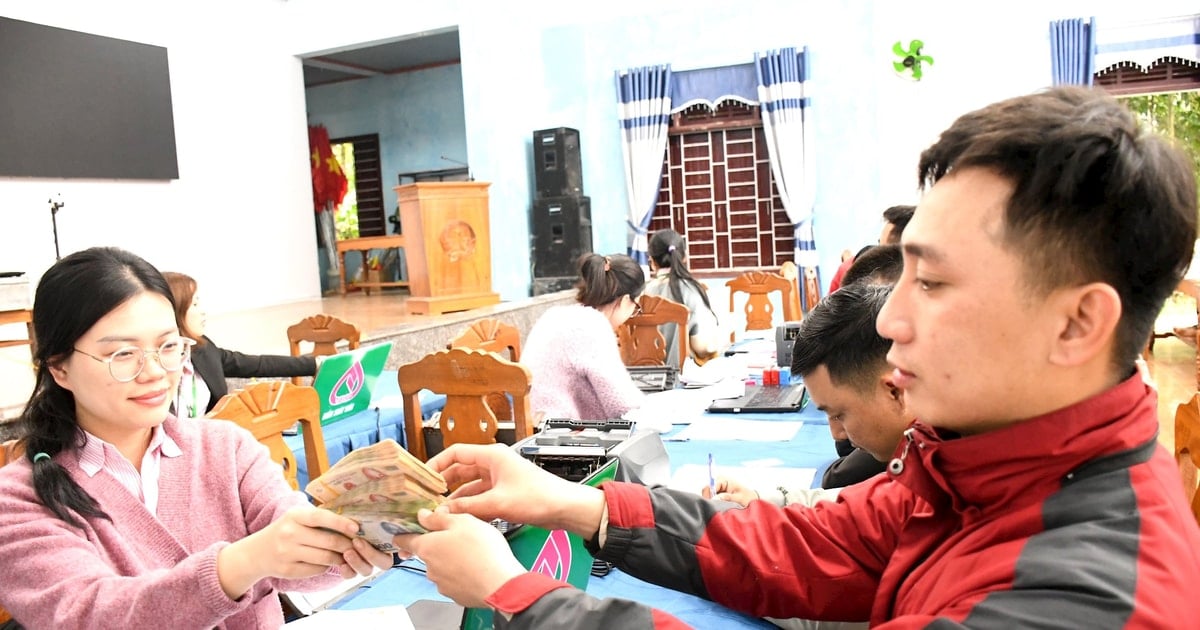

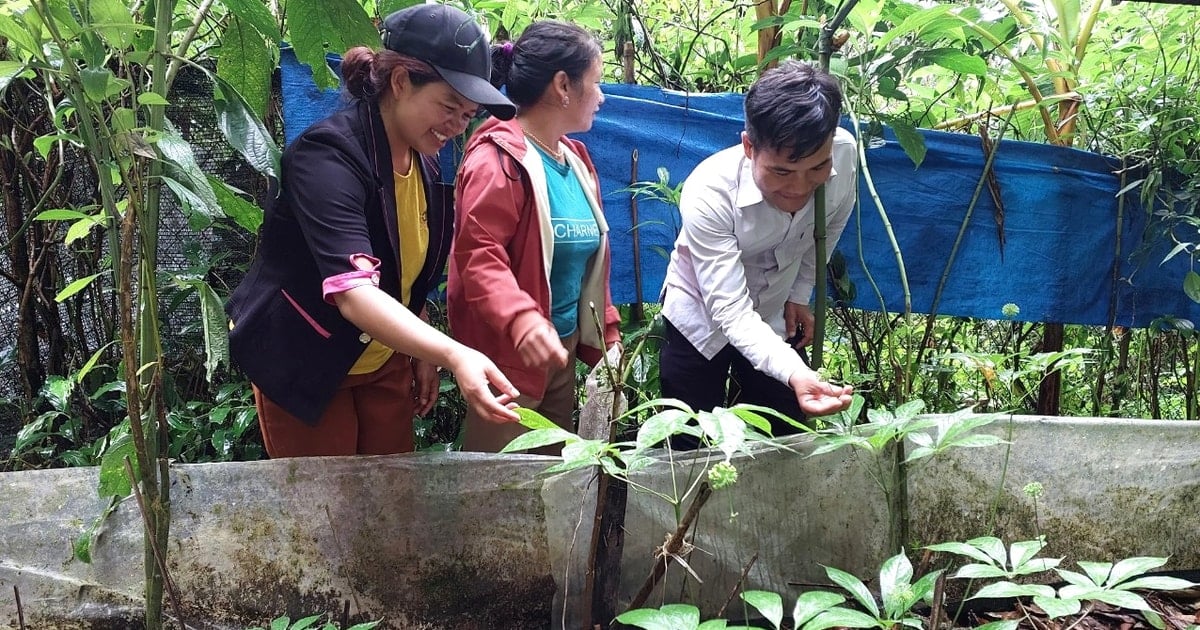
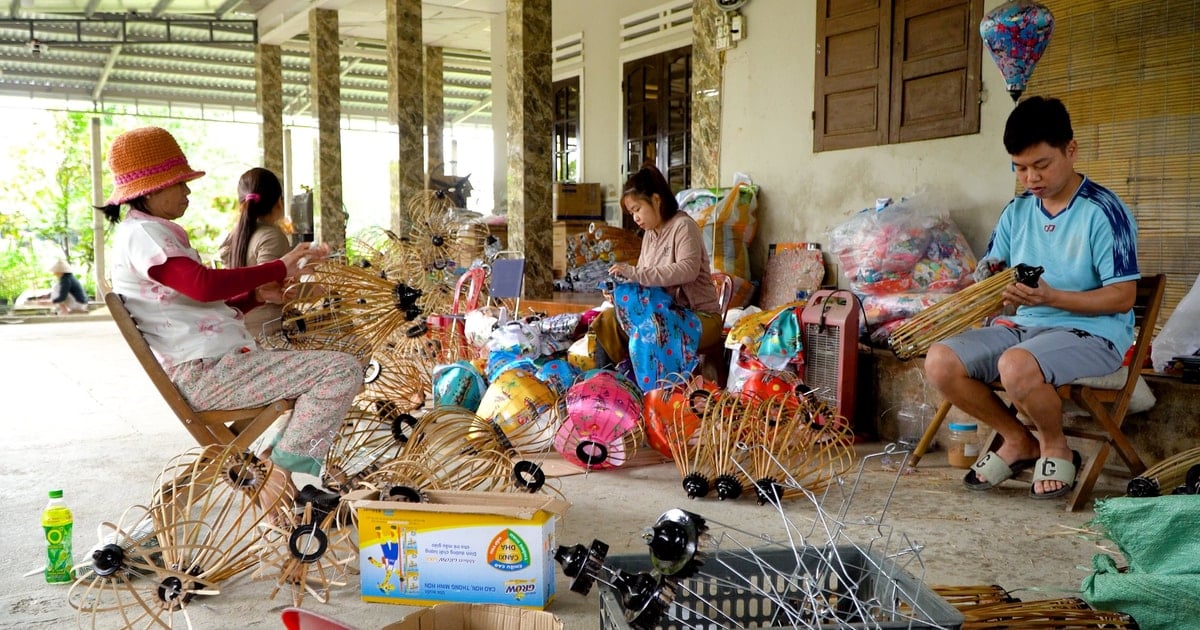


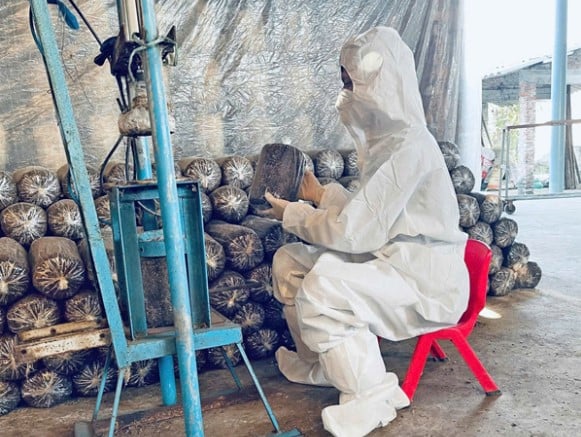
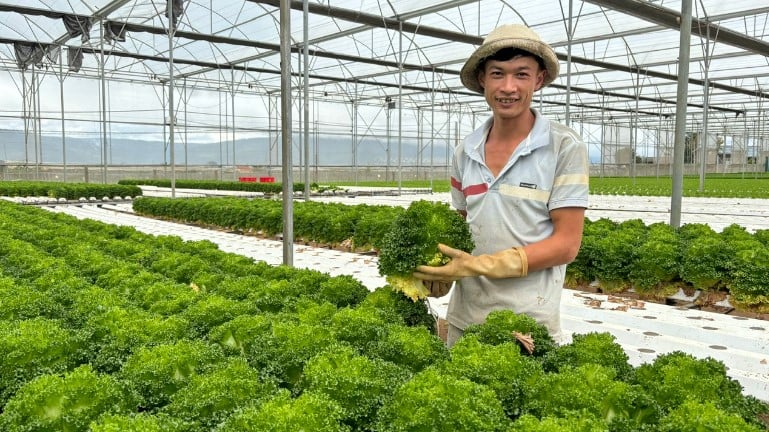



Comment (0)